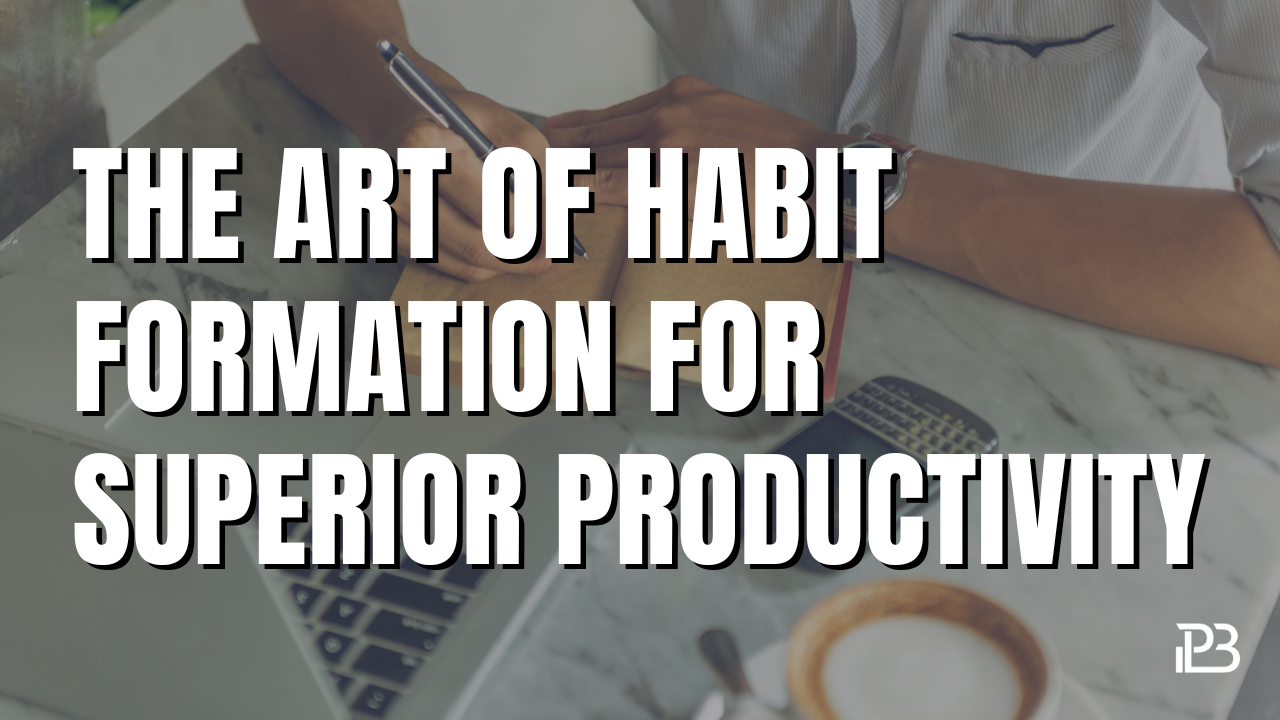Uncover the psychology behind habit formation and learn how to build productive habits that enhance your efficiency and effectiveness. Discover tools like habit tracking apps and journals to help make these habits stick.
In the quest for improved productivity, the role of habits cannot be overstated. Habits, the automatic behaviors performed almost unconsciously, significantly influence our daily lives and productivity. By understanding the psychology behind habit formation and learning how to shape these habits, you can dramatically enhance your efficiency and achieve more in both your personal and professional life. This article explores the science of habit formation and offers a practical guide to developing productive habits that endure.
Table of Contents
Understanding the Psychology of Habit Formation
Habit formation is deeply rooted in the brain’s basal ganglia, where patterns of behavior are created and reinforced through repetition. According to Charles Duhigg, author of The Power of Habit, the habit loop consists of three main components: the cue (trigger for the behavior), the routine (the behavior itself), and the reward (the benefit received from the behavior). Understanding and manipulating these components can lead to successful habit formation.
The Role of Cues
Cues trigger a behavior. They can be anything from a time of day, a particular emotional state, or the presence of certain people or settings. Identifying the cues that trigger existing behaviors can help you understand how new cues can lead to better habits.
The Importance of Routine
The routine is the behavior performed in response to the cue. It’s the habit you want to establish. To develop a new routine, start small. Break down the new habit into manageable steps that don’t require significant effort to complete.
The Power of Rewards
Rewards help to reinforce the habit loop. They provide a reason to continue performing the routine. Rewards can be intrinsic (internal satisfaction) or extrinsic (external rewards). Understanding what truly motivates you can help you establish rewards that make the habit stick.
Strategies for Building Productive Habits
Start Small
Begin with small changes that can be easily integrated into your existing routine. If your goal is to read more, start by reading one page every night. Gradually increase the complexity of the habit as the smaller ones become ingrained.
Stack Your Habits
Habit stacking involves pairing a new habit with a current one. For instance, if you already have a habit of drinking coffee every morning, stack a new habit of writing a to-do list during this time. The existing habit acts as a cue for the new habit.
Focus on Consistency
Repetition is key in habit formation. The more you repeat an action, the more likely it is to become automatic. Focus on being consistent rather than perfect. If you miss a day, get back on track as quickly as possible.
Optimize Your Environment
Make your environment conducive to your new habits. If you want to exercise in the morning, lay out your workout clothes the night before. Reducing friction makes it easier to stick to your new routine.
Using Tools to Enhance Habit Formation
Leveraging tools like habit tracking apps or journals can significantly enhance your ability to form and maintain new habits.
- Habit Tracking Apps: Apps like Habitica or Streaks provide a visual representation of your habit-forming progress. They can offer reminders, rewards, and motivational stats to keep you on track.
- Habit Journals: Writing down your progress in a habit journal can increase your motivation and accountability. The act of writing reinforces your commitment and allows you to reflect on your journey and adjust as needed.
Read More:
- The Science Behind Taking Breaks for Increased Efficiency
- Inbox Zero Email Management: Achieving and Maintaining Email Nirvana
- Maximizing Efficiency with the Two-Minute Rule
Conclusion
Mastering the art of habit formation can transform your productivity and set you on a path toward achieving your personal and professional goals. By understanding the psychological components of habits and implementing strategic changes, you can develop behaviors that lead to long-term success. Utilize tools like habit tracking apps and journals to support your journey, and remember that the key to successful habit formation is consistency and a willingness to persist through challenges. Embrace the process, and watch as your new, productive habits propel you toward greater accomplishments.




